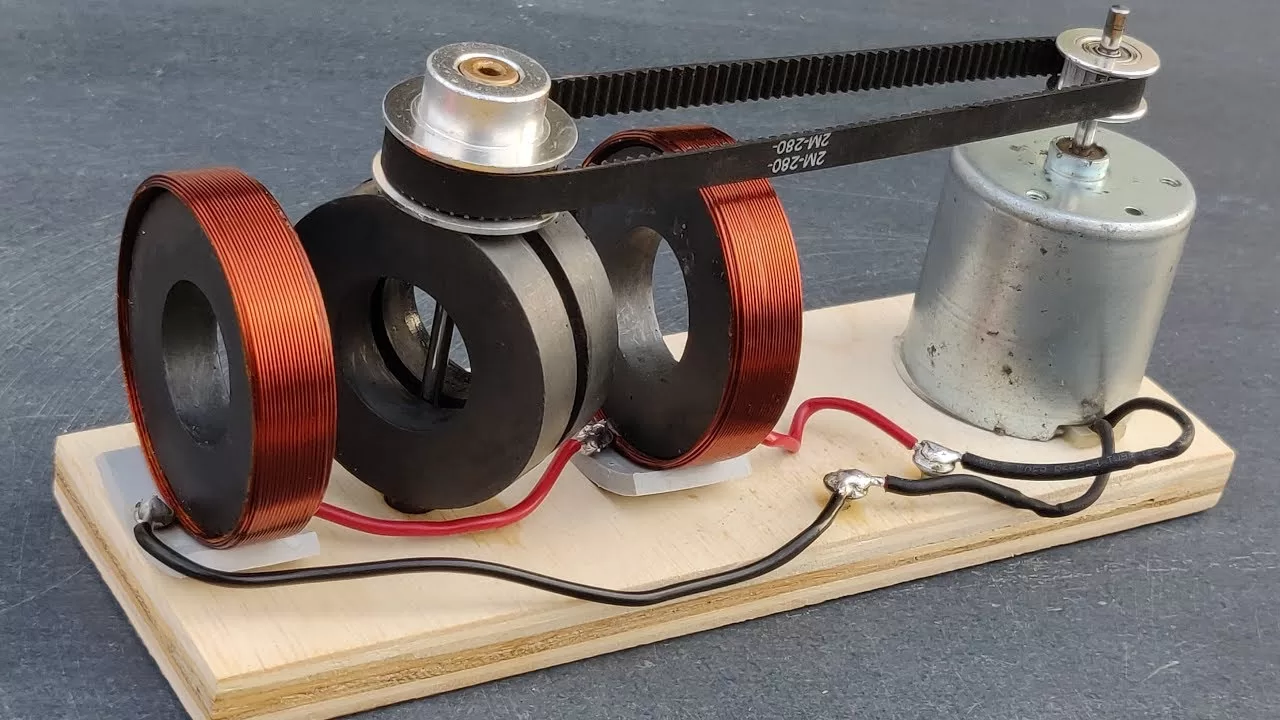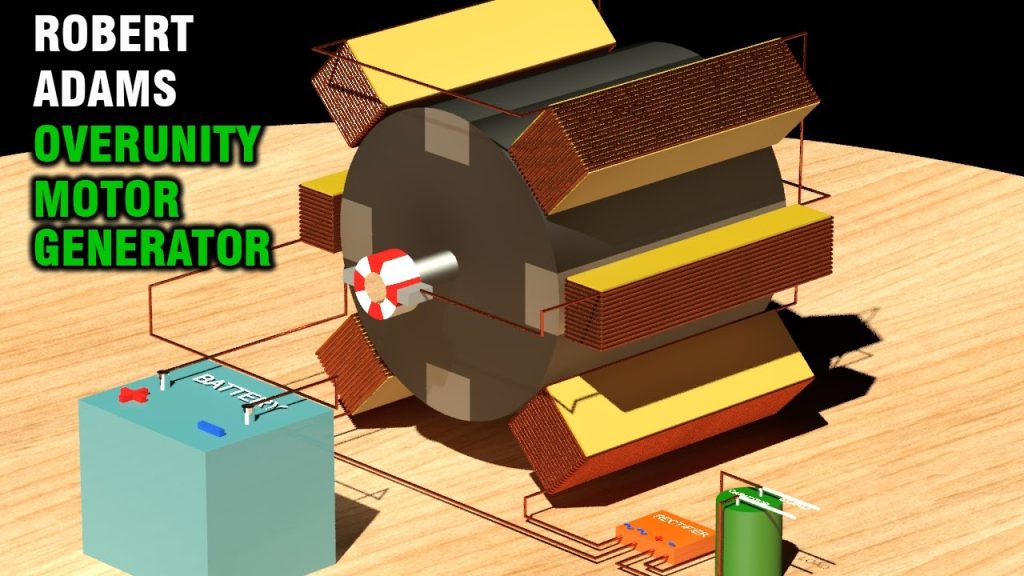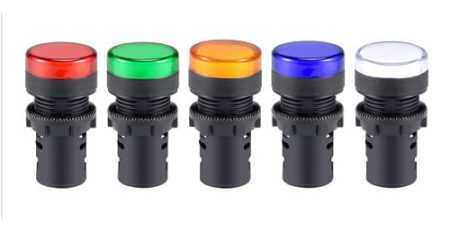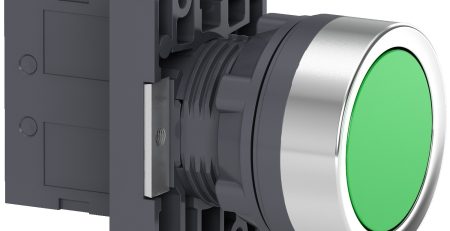John Christie Electric Generators – generate free electricity 1
John Christie Electric Generators – How To Generate 7 Kilowatts For Free Using A Christie Generator

The John Christie Magnetic Generator (John Christie Electric Generators )- first of all, what is it? Secondly, how does it work and can it be for real? Finally, is it really possible to generate 7 kilowatts of your own electricity (enough for most homes) using a device similar to John Christie’s? Let’s take a closer look right now.
What Is The John Christie Magnetic Generator?
John Christie is an Australian mechanical engineer who, with his electrician friend, Lou Brits, revealed a prototype magnetic motor generator model to the world back in 2001. The Lutec 1000 produced around 24 kilowatts of power and became the subject of much international interest.
I personally think that they were a little premature in showing off their invention to the world. They have since further developed it and continue to do so. A commercial model is still in the works, such is the complex nature of creating a magnetic generator that is suitable for mass production and installation.
Essentially, this magnetic generator converts the power caused by magnetism (a.k.a. magnetic force) into rotary motion. This is not a new concept at all and was an area that Nikola Tesla, the “grandfather of electricity” dedicated half of his life to. It does this via a set of magnets that are strategically placed around a rotor – the spinning constant-speed motor exists in an equilibrium state where the frictional forces from the air and bearings are counteracted by the forces provided by the magnets in configuration.
How Does It Work?
The fact that magnetism can be converted into rotary motion and then electricity is the result of zero point technology. As mentioned, Tesla himself dedicated much of his life towards harnessing this source of power. It is thought that business interests in conventional electrical technology who had already invested tens of millions of dollars (a lot in those days) suppressed his work, despite interest and approval in the scientific community.
Today, governments also suppress the commercial development of this technology. They prefer to limit it to military eyes only. Highly respected journalists such as Nick Cook (ex-aviation editor for respected military publication, Jane’s Defence Weekly) have investigated this and produced credible evidence to prove that this is happening.
We can hope for commercial models in around five years time but it is difficult to say whether that will be permitted to actually happen.
How To Make Your Own John Christie Magnetic Generator
The answer to these problems is to just make your own magnetic motor. The concept is so simple that anyone can do it – all you need are to make a rotor and fix your magnets around it, as well as build some basic electrical circuits. The parts can be obtained for cheap and often second-hand.
John Christie and Lou Brits spent several years working on their generator. You don’t need one as complex as that. The typical home can be powered easily using a much simpler to make 7 kilowatt generator.
However, I strongly recommend that you consider investing a nominal amount of around 50 dollars in a suitable set of instructional plans. This up-front cost will actually save you money in the long run because you can construct a device in just 2 to 3 days and start generating electricity. Alternatively, you can tinker for hundreds or thousands of hours like Christie and Brits to produce a model that works, all the while still paying your electric bills. As you can see, the latter is a false economy.
John Christie Electric Generator – Generates 24 Kilowatts Of Free Electricity
The John Christie Electric Generator was shown to the world in 2001 – a device capable of generating a full 24 kilowatts of electricity. In this article, I will tell you about John Christie, the inventor, and how he and his friend, Lou Brits, came up with the generator. I will also explain to you how free electricity works and how you too can generate your own electricity at home too.
John Christie And Lou Brits
Australian mechanical engineer, John Christie, and his electrician friend, Lou Brits, worked hard through the 90s to come up with their own version of the magnetic generator. In 2001, they launched it to the public as the Lutec 1000, a device capable of generating 24 kilowatts of electricity (enough to power a few houses).
The main claim to fame at the time was that the Lutec 1000 was “the first free energy machine to be developed to commercial stage anywhere in the world”. This was perhaps an exaggeration as, although the device worked, it was far from being full tested and developed to the point where you could buy one off the shelf in the marketplace.
How Does “Free Energy” Work?
Part of the problem lies in the name. “Free energy” sounds almost impossible to believe, I prefer to call this concept “zero point” as it is known in physics.
Zero point is an area of physics that has been studied for over one hundred years. Nikola Tesla, the man who is called by some the “grandfather of electricity”, dedicated half of his life to studying zero point. He even published his work and it met with great approval. Unfortunately, his legacy in this area did not live on after his death due to existing commercial interests using their power to bury it.
Zero point speaks of obtaining energy without fuel, from a source that is not widely acknowledged in conventional physics. It does this via the use of strategically placed magnets.
Fast forward around a century later and there has been a resurgence of interest in this area, especially in the last year or two. While Christie and Brits may have been a little premature with their “commercial” launch, real working generators are now being built by enthusiasts in their garages, right across the world, numbering somewhere in the tens of thousands and possibly more.
How Can You Generate Your Own Electricity?
The average home does not need 24 kilowatts. In fact, a basic motor is easily constructed for next to nothing that can generate a good 7 kilowatts of power which is more than enough for most households.
The basic electric generator is a rotor, some magnets and some electrical wiring. John Christie and Lou Brits made their own version but I suggest you keep things very simple. In fact, I strongly recommend that you spend a nominal amount of around 50 dollars on a good set of plans which will give you diagrams and step by step instructions on building your magnetic motor generator. Or you can try to do it for “free” which will see you spending several months on your motor, all the while still paying your monthly bill to the power company.
John Christie Magnetic Motor – How To Make Your Ow
John Christie Magnetic Motor – How To Make Your Own 7kW Christie Motor And Easily Power Your Home
The goods news is that now, anyone can make their own basic 7-kilowatt model which is more than enough to power most buildings. The hard work of pioneers such as Christie may be done and we is now able to all benefit from that technology. All that is required are a few basic materials (many of that could be obtained second hand), some tools and some assembly. Rather then spending hundreds of hours wanting to make your own prototype, you’re able to do it in just twenty four.
How could you do this? Thanks to a good set of plans/instructions which were created by someone who has been there before people. Certain, a few instructions might cost available 50 bucks. But this can be a good investment if you consider how many hours you would otherwise waste (and the amount that would cost you – unless the effort is free, I realize mine isn’t). Instead of pulling your hair available, you can have the confidence of fully understand you’ll have a working motor launched and established in very little time period.
.
A magnetic motor generator cost almost no money, yet they might effectively generate electricity. In this article, you will learn that they work. And you must know some terminology in order to fully understand about that generator. It is important to know that there is no such thing for a generator which can give other machines with electrical power. This one powers itself first. The part which controls the amount of electricity in this types of generators is the magnet inside machine. You don’t have to cover money for these generators but just build the idea and then it is preparing to use. It doesn’t matter how much electricity you want, it could actually produces electricity with no limit.
This is the way the electricity is actually generated by magnet power.
The machine works on one basic rule: same magnetic poles push the other away while opposite ones stick together. This is the reason why we can get electricity with good deal or without any funds.
Magnetic power is the strength used in this product, and it is 100 % free.
While the poles push the other, the energy is created from the forces. As they repel harder and tougher, more and more magnetic power is formed.
This is such a simple way to have low-cost electricity generated in your house.
Just by taking away a magnet can you break the cycle with the machine.
It can work fluently providing there is nothing interfere its work.
It works so easily you don’t have to care about finding the appropriate input nor the money you have to pay.
Basically, that’s the way the generator works.
The only thing you have to cover is the construction in the generator.
Beside it, the energy produced by the product costs no money.
There will be no more piles of bills in your house anymore as the thing you make use of now is free electricity.
The best way to obtain enough wind for the machine to work is to use a wind turbine.
And unlike usuallu when you use the solar system, you don’t have to wait for the sunny day to own enough electricity for your household appliances.
 |
A couple of Australian inventors are creating an international sensation with a revolutionary new electrical generating unit that they say produces more power than it consumes, something physicists say is not possible but which tests appear to confirm.
Called the Lutec 1000, this is not a Rube Goldberg contraption.
Inventors Lou Brits, an electrician, and John Christie, a mechanical engineer, came up with the concept more than six years ago.
Based on a combination of electromagnets and permanent magnets, their fifth and latest version of the motor/generator operates continuously, producing about 1,000 watts per hour more than it uses, or 24 kW per day.
The power of the permanent magnets and the copper windings are the keys to its efficiency, they say.
The coil magnets use a mild laminated cool core wound with copper in such a way that they become temporary magnets with a like polarity to the permanent magnets at a crucial moment, so allowing the permanent magnet to be repulsed.
Therefore they have a natural magnetic attraction and a natural magnetic repulsion.
The stator is made of anon-magnetic material. They use 24 permanent magnets and 12 coil magnets.
This arrangement allows the magnets to be repelled by the natural magnetic repulsion to generate power.
The magnets create a ping pong effect that allows less energy to be used in producing power.
The coil magnets that are pulsed for just a micro second do not allow repulsion with the permanent magnets.
The electricity is produced by induction.
There’s no heat, harmful emissions or airborne matter involved in the transmission of electricity from the generation system.
The magnets have a life of 1,300 years and the small battery pack has a life of about five years.
The Lutec 1000 runs cool, creates no exhaust or other pollution, and the permanent magnets have a life expectancy of more than 1,000 years. Brits and Christie use it to charge a battery pack.
DC current from the batteries is converted to AC current with an inverter, so no changes are required to current wiring.
The pair were recently granted patents in the U.S. Their patent is also recognized in most of Asia and Aftrica.
They are now negotiating with a U.S. company to produce and market their machine.
Christie reports that if all goes according to plan, the Lutec 1000 should be available in North America within the next year or so.
Brits and Christie, who hail from small towns near Cairns (along Australia’s northeast coastal area) figure their generating unit will sell for under $5,000, making it affordable to most homeowners.
Because it will produce more power than most domestic electricity users can consume, they figure Lutec 1000 owners will be able to help pay for their machines by selling electricity back to the power grid.
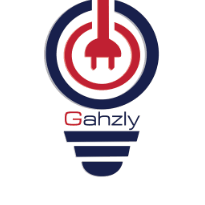
lighting
We are pleased to have you visit our pages on social networking sites, where we publish exclusive offers on our website.
Facebook page here.
Twitter account is here.


